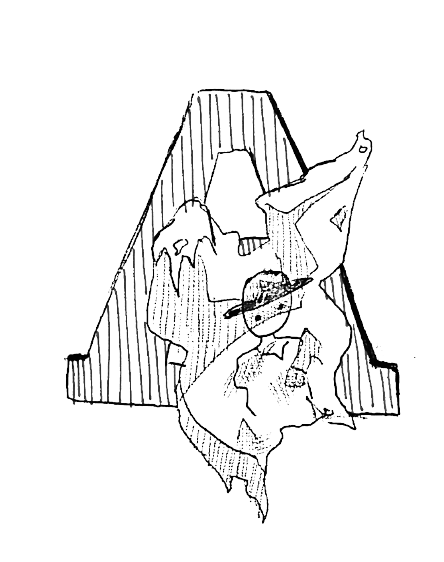
The Aragon Student Action Panel, formerly known as DecolonizeAHS, launched an ongoing education campaign on Nov. 4, 2021 and proposed a land acknowledgment to continue its efforts to change the Don mascot into something more inclusive.
ASAP members felt that the Don’s ties to colonialism in California made it unfit to be Aragon’s mascot.
“From our research, we know that Don has a variety of definitions in Spanish, but when taking into account the visuals of the mascot, we found that it was tied to the ranchero system,” said junior Dariush Norton, one of four members of ASAP. “‘Don’ was used as [an] honorific title, like sir, to refer to rancheros who owned and controlled ranchos, which enslaved indigenous people and used their labor. [Indigenous people] had a death rate twice that of African American slaves in the South.”
However, “Don” also has positive connotations in Spanish culture.
“The term ‘Don’ is the title of nobility … from the 16th century,” said Spanish teacher Alejandra Cheever. “Today, it’s used among Spanish speakers frequently to … show respect to someone. People call [my dad] Don Víctor all the time, or my mom Doña Cleo. [Don] also can mean a gift or talent. In the movie ‘Encanto,’ [the characters] have their dons, [or] their special gifts.”
The Aragon student body is similarly split on Don’s meaning. A survey conducted by ASAP found that 15% of students who responded defined “Don” as a title, 15% as a “colonizer,” 13% as a conquistador and 13% didn’t know what a Don was. Junior Alessandro Riedel, a member of ASAP, felt that this confusion, as well as possible negative associations, necessitated a change.
“Is a mascot really worth it to rally behind … if no one can agree on what it is?” Riedel said.
According to the ASAP survey, 60% of the respondents were in favor of replacing the Don.
“From the images around campus that most of us are familiar with, the Aragon Don is a symbol of colonialism and oppression, holding weapons and dressed in military gear,” said senior Vivienne Scott. “It feels wrong to have a school oriented towards social justice [yet] still somewhat stuck in the past with this mascot. I’d feel ashamed to explain the meaning of our mascot to my future peers and colleagues. Although [the Don] may hold [fond memories for] many Aragon alumni, these memories can exist without a mascot that represents pain for so many people.”
Aragon would be the first school in the San Mateo Union High School District to change its mascot.
“It would have to start with our school agreeing that we want to change the mascot,” said Jennifer Wei, Advanced Placement English Language and Composition and Guided Studies teacher. “Then it would be approved by the District and it goes to the school Board [for final approval].”
Changing the mascot would come at no small cost, as the turf in the football field, gym floors, athletic uniforms, equipment and some walls would have to be replaced.
“The estimated cost is between $250,000-300,000 overall,” said Leadership teacher Melissa Perino. “A lot of athletic organizations, such as Adidas and Nike, will sponsor the changes of mascots. The District budgets, which are in the millions and millions of dollars, and outside organizations, [could fund] these changes [too].”
With upcoming construction in the summer, it’s possible the Don graphic will be less prominent.
“If you look around on campus, that big block letter A is also synonymous with Aragon,” said Principal Valerie Arbizu. “I think that may be where we’re headed [toward] for some of the large graphics on the buildings [during construction].”
Despite the current debate, it’s unlikely that the Don will be disappearing anytime soon.
“By the time the ASAP students graduate, there will [probably] not be significant changes because it’s the beginning, and just like [any] meaningful change, it’s a slow process,” Perino said.
In the meantime, ASAP is focusing on an education campaign, creating a website and posters as well as expanding an Instagram account.
“The educational part of our campaign is so important to us because we want to educate the student body on why having this mascot is not representative of us, the history behind our mascot and the way it’s portrayed,” said junior and ASAP member Alexa Latini. “Hopefully, a part of our campaign can lead to changing the curriculum [to] be more representative of indigenous people.”
In the meantime, ASAP has met with Jonathan Cordero, founder of the association of the Ramaytush Ohlone tribe, and proposed that the Aragon administration writes a formal land acknowledgment, which ASAP hopes to finalize by the end of the school year.



